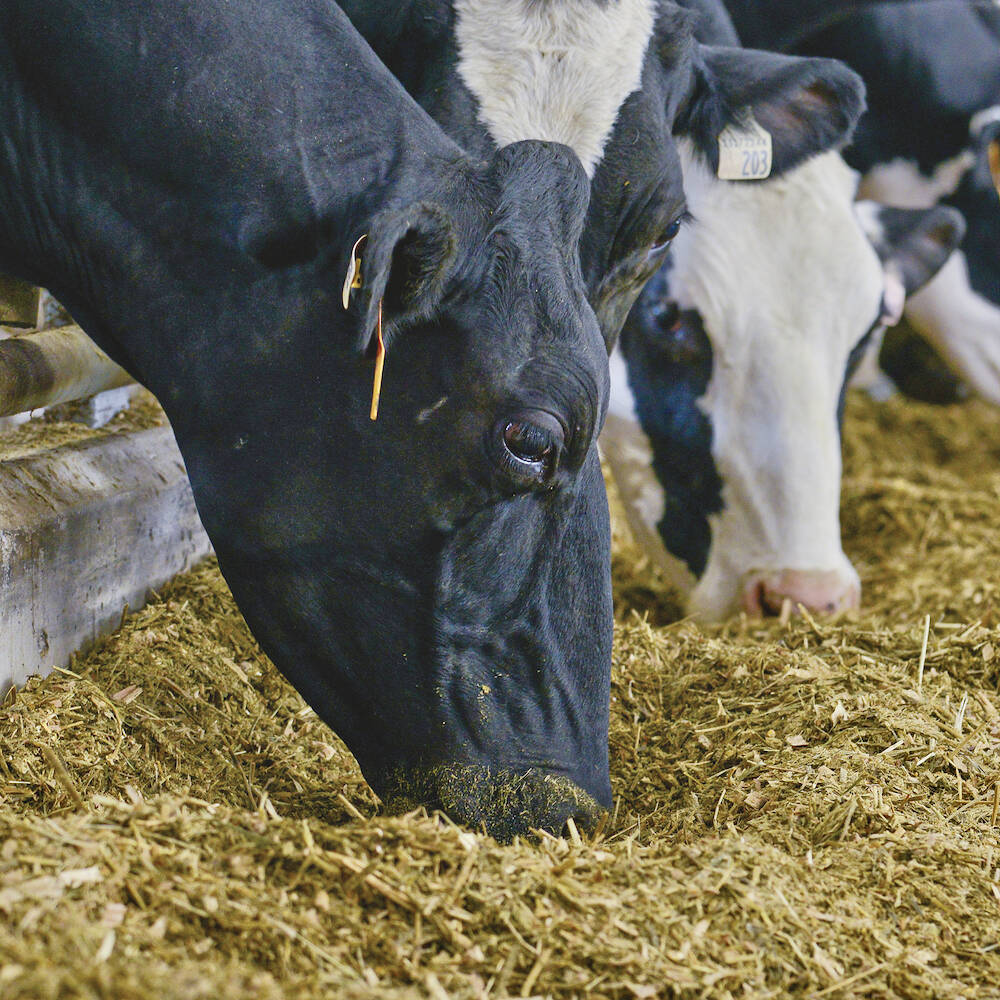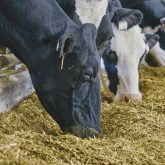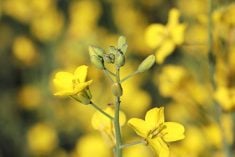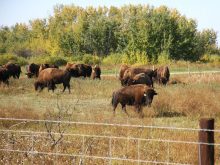American bee experts have concluded that multiple factors are negatively affecting honeybee colony health, including poor nutrition, varroa mites and disease.
In a comprehensive report released today, the U.S. Department of Agriculture and the Environmental Protection Agency said the sub-lethal effects of pesticides on honeybees are a concern, but insecticides are only one factor in the equation.
The study findings are in contrast to an April 29 decision in Europe. The European Commission banned three insecticides, primarily used as seed treatments on corn, soybeans and canola, because scientific studies suggest the chemicals are damaging bee colonies.
Read Also

Media reports suggest U.S. dairy access to Canada a topic of conversation in Ottawa
Globe and Mail article suggests U.S. dairy access to Canada is back as a topic of conversation in Ottawa
During a conference call with reporters today that unveiled the study, several reporters wanted to know why Europeans are imposing a two-year ban on three neonicotinoid insecticides but U.S. bee specialists aren’t supporting a similar ban.
“It was the advice of the experts that led us to the conclusions that we are announcing today: that there are a range of factors that impact bee health,” said Jim Jones, EPA acting assistant administrator for the office of chemical safety. “As a general matter, at the EPA, we let the science drive the outcome of our decision making.”
The report is based on discussions at the National Stakeholders Conference on Honey Bee Health held last fall near Washington, D.C. The steering committee for the conference, which included Penn State entomologists, along with USDA and EPA representatives, wrote the report to clearly identify the challenges facing bees and develop a federal strategy to address honeybee losses.
One part of the action plan, which is under development, will develop best management practices for pesticides that threaten bees. In particular, Bob Perciasepe, EPA acting administrator, mentioned efforts to reduce bee’s exposure to seed treatment insecticides during spring planting.
“With our partners we are finding ways to minimize the release of pesticide contaminated dust during planting,” he said. “New planting technologies are being field tested this growing season and should be widely available next year.”
In addition, the EPA will soon unveil new policies regarding bee kills, Perciasepe added.
“Later this month the EPA will issue new enforcement guidance, to federal, state and tribal enforcement officials, to enhance investigations of bee kill incidents,” he said. “This report really lays out a road map and we’re anxious to work with our partners on it.”

















